Understand them. Choose the right one. Solve your challenges—with Ronar by your side.
Multi-axis sensors are smart devices that measure forces and torques from multiple directions—like X, Y, Z axes—at the same time. In short, they help you see exactly what’s happening inside your system in real-time, with fewer parts and more accuracy.
It’s a complex technology and these sensors are used in high-performance setups (aircraft control systems, surgical robots, industrial automation, automotive testing, and advanced research labs).
In such places, there’s no room for error.
So:
- How do you choose the right multi-axis sensor?
- How do you avoid cross-channel interference (crosstalk)?
- Who will guide you through calibration, repairs, and technical setup?
Today, we’re going to break it all down.
By the end of this guide, you’ll see exactly how Ronar adds real value to your projects—and why we’re the trusted partner when it comes to multi-axis sensors.
What Are Multi-Axis Sensors?
Multi-axis sensors are advanced devices that measure forces and torques along two, three, or more directions simultaneously.
Most commonly, they measure:
- X, Y, Z forces (linear)
- Torque around X, Y, Z (rotational)
These are often referred to as 3-axis or 6-axis sensors. It depends on the number of axes they track.
Where Are They Used?
Multi-axis sensors are the go-to choice for applications where force comes from multiple directions or where real-time precision is crucial.
Here are just a few examples:
- Aerospace: Flight control systems, electric actuator feedback
- Medical Robotics: Surgical tools and patient-assistive devices
- Automotive: Crash testing, component stress analysis
- Industrial Automation: Robotic arms, materials handling
- Research Labs: Biomechanics, structural testing
How Do Multi-Axis Sensors Work?
At the core of most multi-axis sensors is a strain gauge—a sensitive device that changes resistance when stretched or compressed.
Let’s break it down:
- Strain Gauges Measure Stress:
When a force is applied, strain gauges—usually made from foil or wire—detect deformation on the sensor structure.
- Hooke’s Law at Work:
Since strain is proportional to stress, and stress relates to force, the sensor can calculate the exact forces and torques acting on it.
- Wheatstone Bridge for Accuracy:
Multiple strain gauges are connected in a Wheatstone bridge to cancel out noise, temperature changes, and improve accuracy.
- Data Output:
The sensor then converts these changes into readable electrical signals (typically voltage), which are interpreted by your control system.
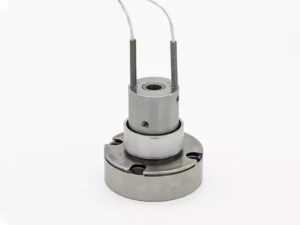
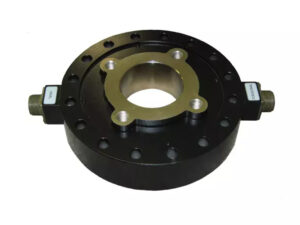
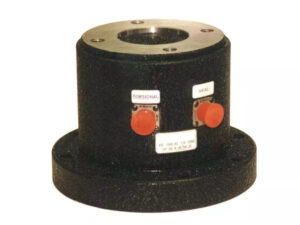
Why Are Multi-Axis Sensors in High Demand?
Industries today are working smarter and faster. The ability to monitor multiple force directions from one sensor allows:
- Smaller, lighter systems
- More accurate real-time control
- Fewer parts and easier integration
This makes multi-axis sensors a top pick for next-generation systems—from pilot controls to surgical arms to crash-test robots.
But to get the benefits, you need a reliable partner that understands the engineering, environment, and lifecycle challenges.
Design Challenges: Crosstalk and Environmental Accuracy
One of the biggest challenges in multi-axis sensors is crosstalk—when force applied on one axis affects the measurement of another.
This can distort your data, compromise safety, and reduce efficiency.
Other key considerations:
- Temperature Fluctuations
- Electromagnetic Interference
- Humidity and Vibration
- Long-Term Accuracy (20+ years in aerospace)
You need a supplier that understands these demands—and can help you overcome them.
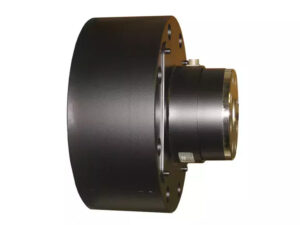

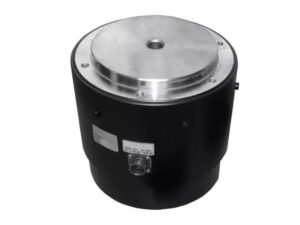
Why Ronar is the Trusted Partner for Multi-Axis Sensors
Ronar Measurement Systems is not just a distributor, but your long-term partner. We help you solve main challenges head-on with services that make your job easier, your work more accurate, and your results more dependable.
Problem: “I’m not sure which sensor to choose for my application.”
Our Solution: Technical Consulting
Choosing the wrong sensor can lead to poor performance and wasted budget. That’s why our experts provide hands-on technical consulting to help you select the right sensor for your exact use case—no guesswork, no overspending. Just tailored, smart solutions that work from day one.
Problem: “I need to ensure my sensors meet industry standards and stay accurate.”
Our Solution: ISO 17025-Certified Calibration Services
Precision-based operations require the absolute adherence of compliance standards. We provide certification-based calibrations from ISO 17025 which can happen either at your facility or ours for ensuring your sensors produce data that meets all necessary standards and maintains predictable accuracy levels. The testing service ensures both regulatory compliance and unwavering confidence.
Problem: “What if my sensor fails or needs upgrading?”
Our Solution: In-House Repair and Upgrade Lab
Sensor problems shouldn’t stall your operations. Our fully equipped repair and upgrade lab handles everything from minor fixes to full refurbishments. We provide free estimates, quick turnaround, and post-repair calibration certificates to get you back up and running fast—with confidence.
Problem: “I need responsive support and clear service records.”
Our Solution: Reliable, Customer-First Service
Your time represents great value which we fully recognize. We provide real-time support services with transparent updates as well as full access to your service history through our customer service team. As a company we consider each client as an equal partner since your progress becomes our main goal.
Ronar Isn’t Just Another Supplier—We’re Your Sensor Partner
You need more than just a product. You need a team that understands your application, supports your goals, and delivers real value.
That’s Ronar. That’s the difference.
Our Full Range of Measurement Products
Ronar is more than just multi-axis sensors. We provide a full suite of measurement solutions across industries:
- Load Cells – Measure static and dynamic weight loads
- Torque Transducers – Measure rotating forces in motors and shafts
- Distance & Position Sensors – High-accuracy LVDT and linear sensors
- Pressure Transducers – For water systems and industrial pressure
- Accelerometers – Capture motion, shock, and vibration
- Digital Scales & Dynamometers – Hanging and platform-based systems
- Temperature & Humidity Sensors – Environmental monitoring made simple
- Elevator Safety Equipment – Solutions for control and efficiency
- Rescue and Training Dummies – Simulations for high-risk conditions
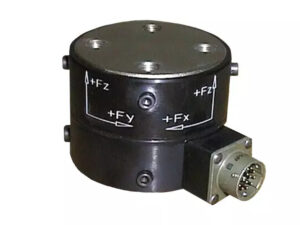
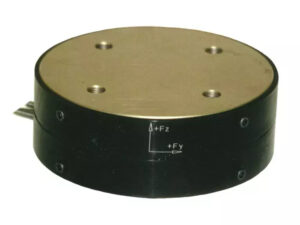

Real-World Examples of Multi-Axis Sensor Use
Aerospace Actuation Feedback
Modern aircraft like the Airbus A220 use electric braking actuators with multi-axis force feedback sensors, replacing hydraulic systems for better weight savings and precision.
Flight Control Systems
Force-sensing control sticks in active flight systems offer pilots real-time feedback—adjusting stiffness as speed increases.
Robotics in Manufacturing
Industrial robots use multi-axis sensors in their end-effectors to fine-tune force application, enabling delicate handling of objects or high-precision assembly.
Your Next Step: Choose Ronar for Precision, Service, and Trust
Whether you're designing a new system or upgrading an existing one, multi-axis sensors are the key to smarter control, safer operation, and reliable data.
But choosing the right sensor is only part of the journey.
With Ronar Measurement Systems, you get:
- Precision instruments from world-leading brands
- Expert advice and application-specific solutions
- Reliable service, calibration, and long-term support
- A certified, ISO-compliant partner trusted by Israel’s top industries
Let us help you move from complexity to clarity—with the right tools and the right support.
